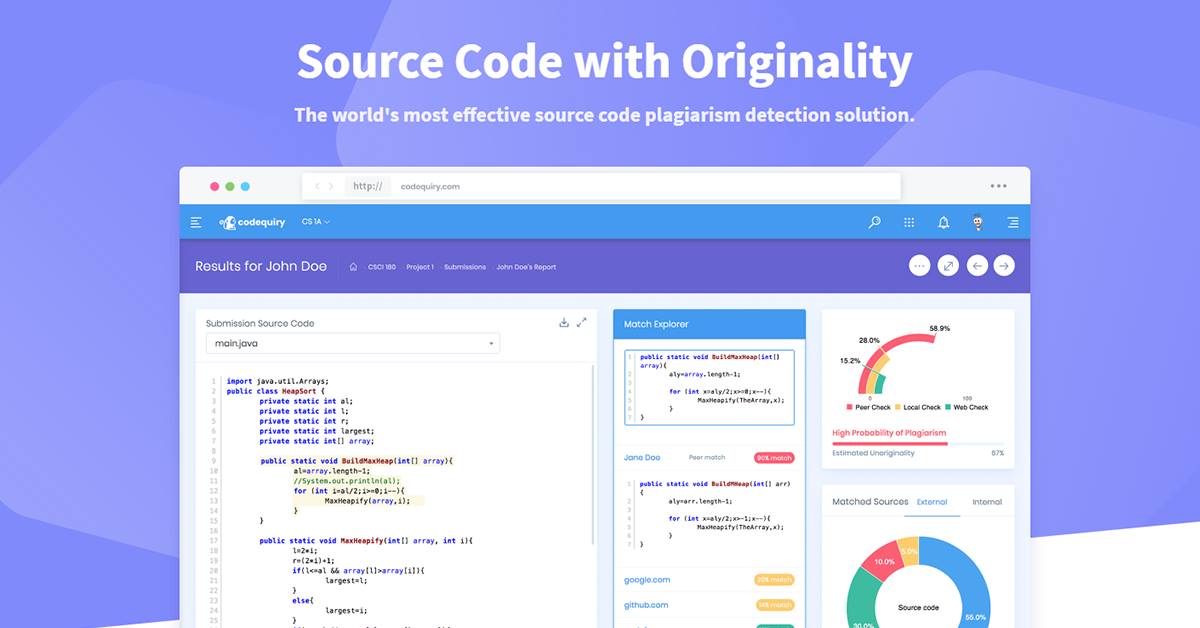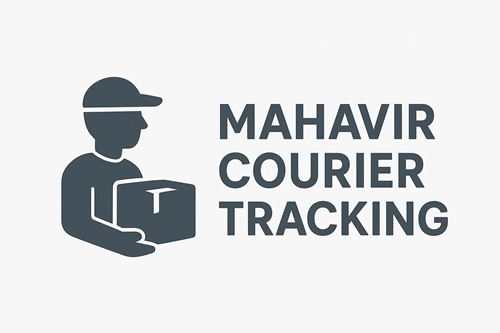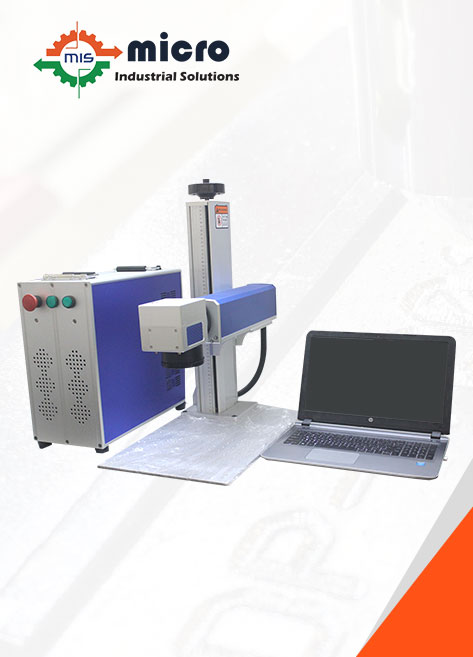What Should You Look for in a Source Code Checker for Plagiarism in 2025?

Strong 8k brings an ultra-HD IPTV experience to your living room and your pocket.
As programming becomes a cornerstone of education and innovation, ensuring code authenticity is more critical than ever. For computer science educators, coding competition organizers, and software development teams, a reliable source code checker is vital to maintaining integrity and fairness. In 2025, AI and algorithmic analysis advancements have transformed how we detect code plagiarism, offering precise insights into potential similarities. This article dives into the essential features to prioritize when selecting an AI code detector or website plagiarism checker, emphasizing practical solutions to uphold ethical coding standards while fostering trust and transparency.
Why Source Code Plagiarism Detection Matters
Code plagiarism undermines the principles of learning and innovation. In academic settings, it deprives students of the opportunity to develop critical problem-solving skills. Unoriginal code can lead to legal and ethical issues in professional environments, compromising software integrity. A reliable source code checker provides actionable insights to identify potential plagiarism, enabling educators and organizations to make informed decisions without jumping to conclusions.
The Role of Technology in Fairness
Modern AI code checkers, like Codequiry, use advanced algorithms to compare code against peer submissions and web-based sources. Unlike traditional tools like Moss Stanford that rely on superficial text matching, these platforms analyze logical similarities, detecting even cleverly disguised code reuse. This ensures fairness by focusing on evidence-based results rather than assumptions.
Key Features to Look for in a Source Code Checker
Choosing the right source code checker requires evaluating several key features to ensure it aligns with your goals. Below are the essential elements to consider in 2025.
1. Advanced Algorithmic Analysis
A top-tier AI code detector should go beyond simple text comparison. Look for tools that analyze the logical structure of code, identifying similarities in functionality even when variable names, comments, or formatting differ. For example, Codequiry’s platform uses sophisticated algorithms to detect patterns in code logic, making it harder for plagiarists to evade detection through superficial changes.
2. Comprehensive Source Comparison
An effective website plagiarism checker should compare submissions against a wide range of sources, including:
- Peer-to-Peer Comparison: Checking submissions within a class or competition to identify participant similarities.
- Web-Based Sources: Scanning public repositories like GitHub, Stack Overflow, and other online resources to detect copied code.
- Internal Databases: Leveraging a tool’s proprietary database of past submissions to ensure comprehensive coverage.
This multi-faceted approach ensures no stone is left unturned when investigating potential plagiarism.
3. User-Friendly Interface
Usability is critical for educators and IT teams. A source code checker should offer an intuitive interface that simplifies uploading submissions, reviewing results, and interpreting similarity reports. Clear visualizations, such as heatmaps or side-by-side code comparisons, can help users quickly understand potential issues.
4. Customizable Detection Settings
Not all coding environments are the same. A good AI code detector allows customization for shared code (e.g., boilerplate or framework code) or specific assignment requirements. This flexibility ensures accurate results tailored to your context.
5. Scalability and Integration
Whether you’re managing a small classroom or a large-scale coding competition, the tool should scale to handle multiple submissions efficiently. Integration with learning management systems (LMS) or competition platforms can streamline workflows, saving time and effort.
6. Transparent and Actionable Reports
A source code checker should provide detailed, evidence-based reports highlighting potential similarities without making definitive accusations. For example, Codequiry’s reports include metrics like similarity percentages and source matches, empowering users to investigate further and make fair judgments.
Benefits of Using a Source Code Checker
Implementing a robust AI code detector benefits academic institutions, coding competition organizers, and software teams.
Promoting Academic Integrity
By identifying unoriginal code, educators can encourage students to develop their own solutions, fostering critical thinking and problem-solving skills and creating a culture of honesty and accountability.
Enhancing Fairness in Competitions
For organizations hosting coding competitions, a website plagiarism checker ensures all participants are judged based on their original work. This maintains the integrity of the competition and rewards genuine talent.
Protecting Intellectual Property
In software development, ensuring code originality is crucial to avoid legal disputes and protect proprietary assets. An AI code checker helps IT teams verify the authenticity of contributions, safeguarding organizational interests.
Saving Time and Resources
Manual code review is time-consuming and prone to human error. Automated tools like Codequiry streamline the process, allowing educators and organizers to focus on teaching and innovation rather than tedious investigations.
Challenges in Code Plagiarism Detection
While source code checkers are powerful, they come with challenges that users should know.
False Positives
Common coding patterns or shared frameworks can sometimes trigger false positives. A good tool mitigates this by allowing users to configure detection parameters and exclude legitimate similarities.
Evolving Plagiarism Techniques
As detection tools improve, so do methods to evade them. Advanced AI code detectors must stay ahead by continuously updating their algorithms to catch sophisticated plagiarism attempts.
Balancing Automation and Human Judgment
While automation is efficient, human oversight is essential to interpret results contextually. A source code checker should provide insights, not verdicts, leaving final decisions to educators or organizers.
How Codequiry Stands Out in 2025
Codequiry is a leading source code checker designed to meet the needs of educators, competition organizers, and IT teams. Its key strengths include:
- Robust Algorithmic Detection: Codequiry’s AI-driven engine analyzes code logic, not just text, ensuring accurate identification of similarities.
- Comprehensive Source Coverage: It compares submissions against peer code, web sources, and an extensive internal database.
- User-Centric Design: The platform offers intuitive dashboards and detailed reports, making navigating and interpreting results easy.
- Customizable Options: Users can tailor detection settings to suit specific assignments or projects, reducing false positives.
- Scalable Solutions: Codequiry supports small classrooms and large competitions, with seamless integration options.
Codequiry empowers users to maintain integrity without compromising trust by emphasizing fairness and transparency.
Best Practices for Preventing Code Plagiarism
To complement the use of a source code checker, consider these best practices:
- Educate on Ethical Coding: Teach students and participants about the importance of originality and the consequences of plagiarism.
- Design Unique Assignments: Create assignments that require creative problem-solving, reducing the temptation to copy.
- Encourage Collaboration with Boundaries: Allow collaboration where appropriate, but set clear guidelines for acceptable sharing.
- Use Version Control: In team projects, tools like Git can track individual contributions, making it easier to verify originality.
- Regularly Update Tools: Ensure your AI code detector is up-to-date to counter evolving plagiarism techniques.
Conclusion
As we navigate the complexities of coding education and software development in 2025, selecting the correct source code checker is critical for maintaining fairness and integrity. By prioritizing features like advanced algorithmic analysis, comprehensive source comparison, and user-friendly reporting, tools like Codequiry empower educators, competition organizers, and IT teams to uphold high standards. While challenges like false positives and evolving plagiarism techniques persist, a balanced approach combining automation and human oversight ensures accurate and fair outcomes. Integrating a robust AI code checker with proactive prevention strategies can foster a culture of originality and innovation in any coding environment.
Start your free trial with Codequiry and experience smarter code plagiarism detection firsthand. Visit the website now.
FAQs
Q1: What differentiates a source code checker from a general plagiarism checker?
A source code checker is specifically designed to analyze programming code, focusing on logical and structural similarities rather than just text. Unlike general plagiarism checkers, which may struggle with code-specific nuances like variable renaming or reformatting, tools like Codequiry use advanced algorithms to detect functional similarities, making them more effective for programming contexts.
Q2: Can a source code checker detect plagiarism in all programming languages?
Most modern AI code detectors, including Codequiry, support many programming languages, such as Python, Java, C++, and more. However, it is essential to verify that the tool supports the specific languages used in your environment.
Q3: How can I ensure a source code checker doesn’t falsely flag legitimate code?
Look for tools that allow customization, such as excluding shared libraries or boilerplate code. Additionally, choose a website plagiarism checker that provides detailed reports, enabling you to review and validate flagged similarities manually.
Q4: Is human oversight necessary when using a source code checker?
While AI code checkers provide valuable insights, human judgment is crucial to interpret results in context. Factors like shared resources or assignment constraints may explain similarities, and educators or organizers should make the final call.
Note: IndiBlogHub features both user-submitted and editorial content. We do not verify third-party contributions. Read our Disclaimer and Privacy Policyfor details.







